Peacock Ginger Plant Care: Learn How To Grow Peacock Ginger Plants
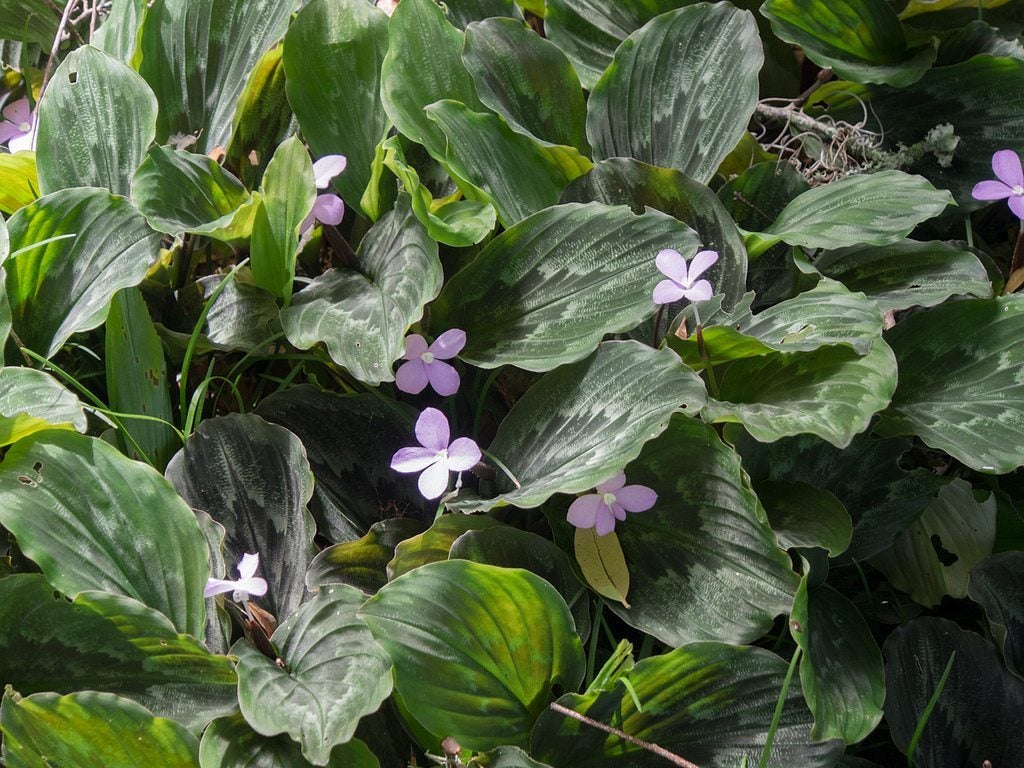

In warmer climates, growing peacock ginger is a great way to cover a shady part of the garden. This pretty groundcover thrives in the shade and produces distinctive, striped leaves along with small, delicate flowers. Hardy in USDA zones 8 through 11, this is a delightful plant that is easy to grow in the garden.
What is Peacock Ginger?
Peacock ginger belongs to the Kaempferia genus and there are several species, all native to Asia. They are largely grown for the decorative foliage, although they also produce pretty little flowers, usually pale purple to pink. These are perennial, groundcover-type plants, most varieties growing no more than a foot (31 cm.) tall. The elaborately striped leaves of the peacock ginger give this plant its common name. The leaves are showy and attractive, growing between 4 and 10 inches (10-25 cm.) long depending on the variety. The leaves are elaborately patterned with purple, shades of green, and even silver. For their love of shade, pretty foliage, and ground covering duties, the peacock ginger is sometimes known as the hosta of the south. Peacock ginger plants should not be confused with the peacock plant. Common names can be confusing, but most plants you’ll see labeled as peacock plant are tall, tropical plants that are hardy only through zone 10 or 11. In most areas, it is used as a houseplant and will not survive outdoors. Several common varieties are found in nurseries in warm regions, including a taller variety called Grande. This peacock ginger can grow up to 2 feet (61 cm.) tall. Most are much shorter, though, like Silver Spot, with dark green and silver leaves, and Tropical Crocus, so named because its flowers emerge in the spring before the new leaves.
How to Grow Peacock Ginger
To grow peacock ginger, first find a good space for these shade-loving plants. Some varieties will thrive with more sun, but most prefer a nice shady spot. They will tolerate various types of soil, but they prefer a well-drained spot with rich soil. Plant your peacock gingers so that the rhizomes are about a half inch (1 cm.) below the soil. Water the plants until they are established and then only as needed. Your peacock ginger plants should grow readily, even out-competing weeds in a bed. They are not often troubled by pests or disease. Peacock ginger plant care is easy and trouble free. These shady groundcover plants can be mostly left alone, once established, and make for a simple and rewarding addition to your shaded beds where other plants struggle to grow.
Gardening tips, videos, info and more delivered right to your inbox!
Sign up for the Gardening Know How newsletter today and receive a free copy of our e-book "How to Grow Delicious Tomatoes".

Mary Ellen Ellis has been gardening for over 20 years. With degrees in Chemistry and Biology, Mary Ellen's specialties are flowers, native plants, and herbs.
-
 Looking For Plants To Give You The Soft And Fuzzies? Try These 5 Fuzzy Leaf Plant Options
Looking For Plants To Give You The Soft And Fuzzies? Try These 5 Fuzzy Leaf Plant OptionsLovers of texture, drama, silver foliage and tactile plants will adore these special sensory garden additions. These fuzzy leaf plant options will leave you all aglow
By Susan Albert
-
 Get Ready For A Summer Of Hummers! Grow These Full Sun Hummingbird Plants and Flowers
Get Ready For A Summer Of Hummers! Grow These Full Sun Hummingbird Plants and FlowersIf you’re lucky enough to enjoy a sunny backyard, make sure you are maxing out on your pollinator opportunities and grow these full sun hummingbird plants and flowers
By Tonya Barnett
-
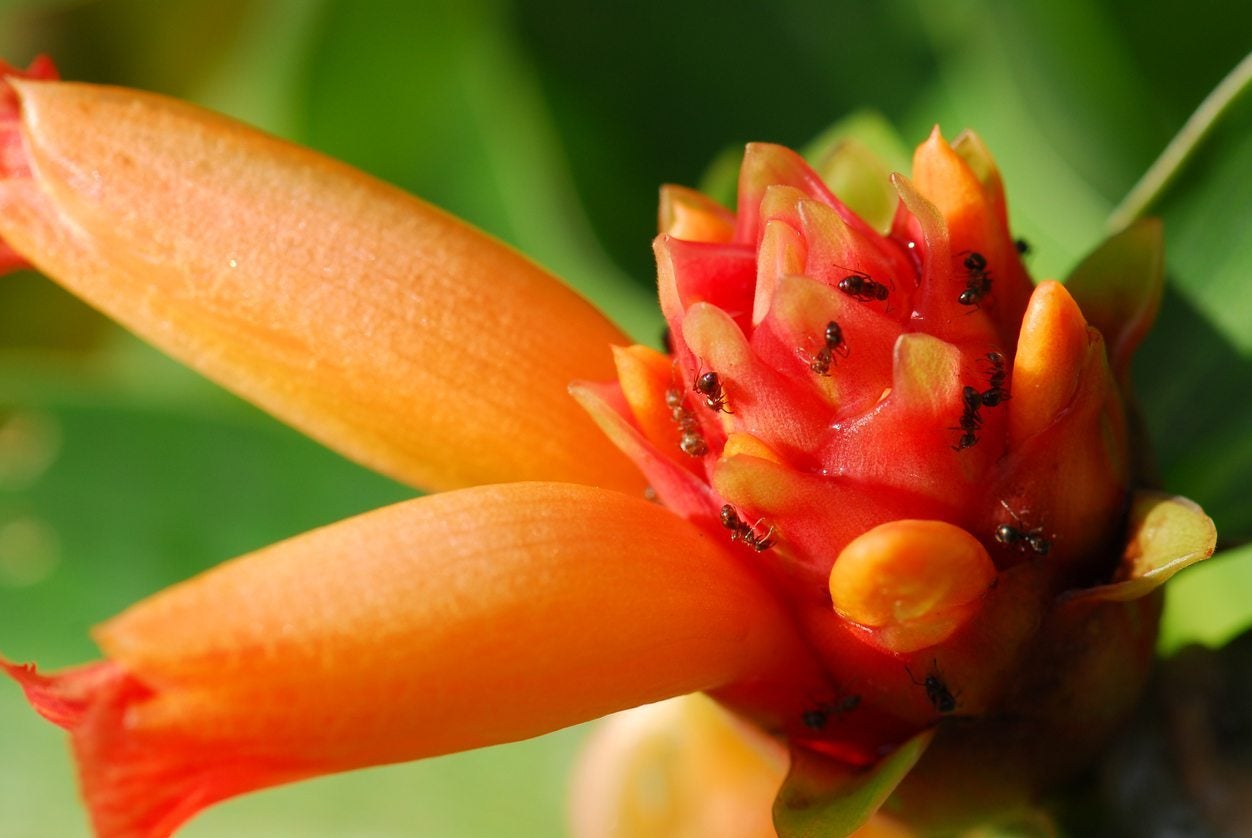 Ginger Insect Problems – Tips On How To Manage Ginger Pests
Ginger Insect Problems – Tips On How To Manage Ginger PestsGrowing ginger in your backyard garden is easy. That is, it's easy until the pests swoop in and start devastating your plants. Ginger insect problems are manageable, but you need to know what pests may attack and how to deal with them. This article will help.
By Mary Ellen Ellis
-
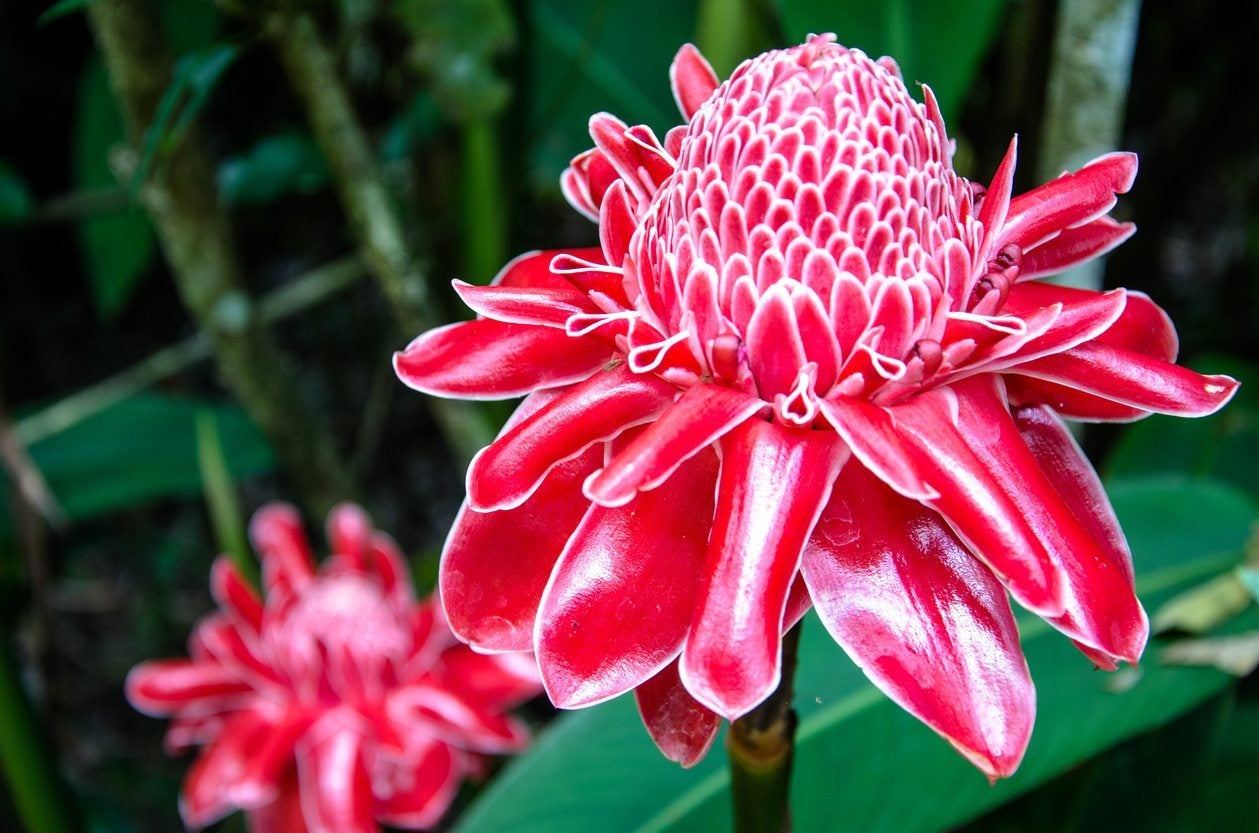 Ornamental Ginger Plants - A Guide To Flowering Ginger Varieties
Ornamental Ginger Plants - A Guide To Flowering Ginger VarietiesOrnamental ginger plants can be a great way to add attractive and exotic color, foliage, and blooms to your garden. Whether they go in beds or in containers, these plants offer diversity without a lot of maintenance. Learn more about them in this article.
By Mary Ellen Ellis
-
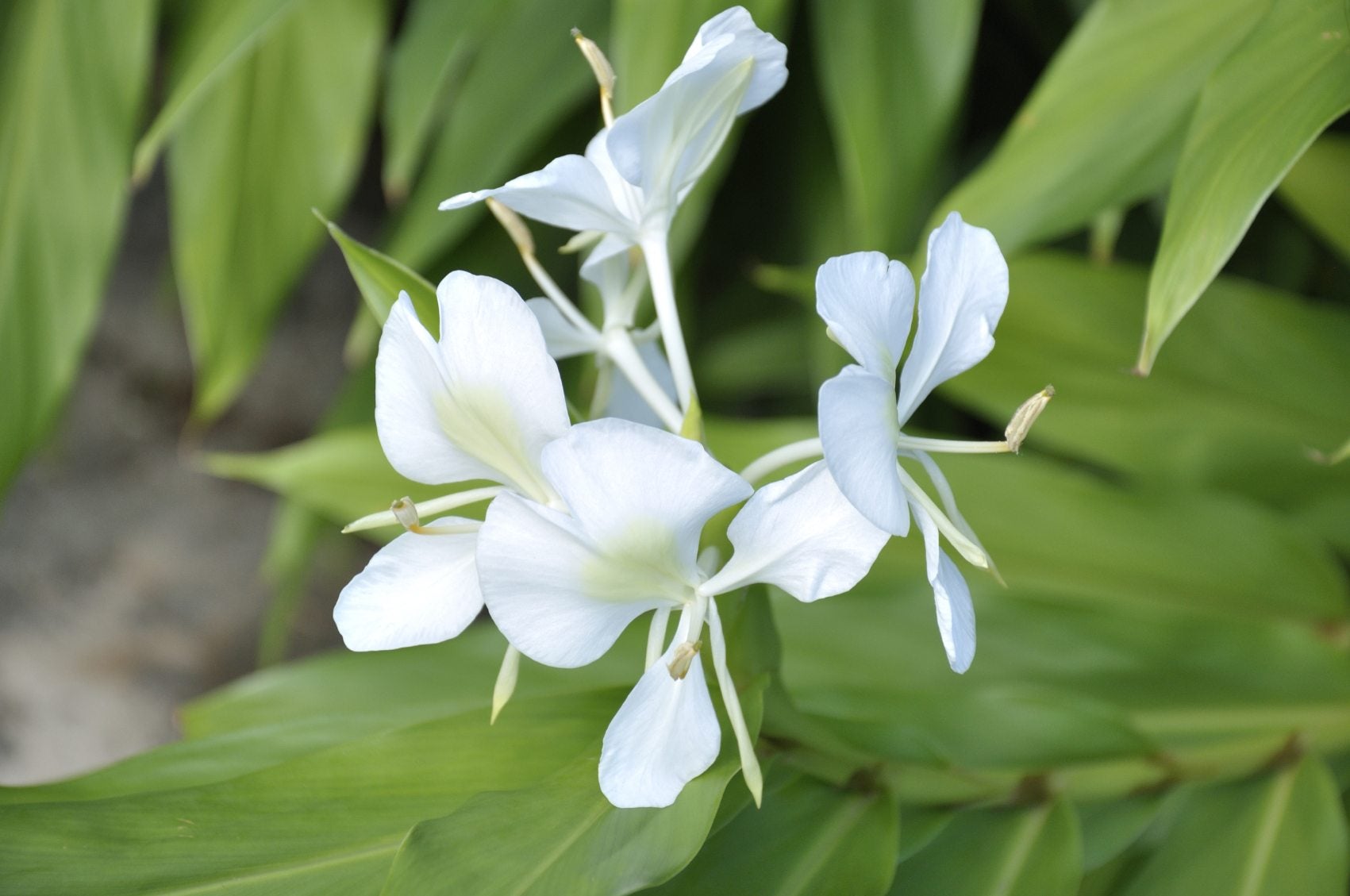 Hedychium Ginger Lily Info: Tips On Caring For Butterfly Ginger Lilies
Hedychium Ginger Lily Info: Tips On Caring For Butterfly Ginger LiliesHedychium is often called butterfly ginger lily or garland lily. Each species has a unique floral shape but characteristic "canna-like" large foliage. Learn more about this plant and how to grow it in the article that follows.
By Bonnie L. Grant
-
 Panda Face Ginger Info: Tips For Growing Panda Face Ginger Plant
Panda Face Ginger Info: Tips For Growing Panda Face Ginger PlantIf you are looking for a shade-loving plant to fill a gap in the landscape, you might want to try a wild ginger. One of the more spectacular specimens is Asarum maximum, or Panda Face ginger. Learn how to grow it in this article.
By Amy Grant
-
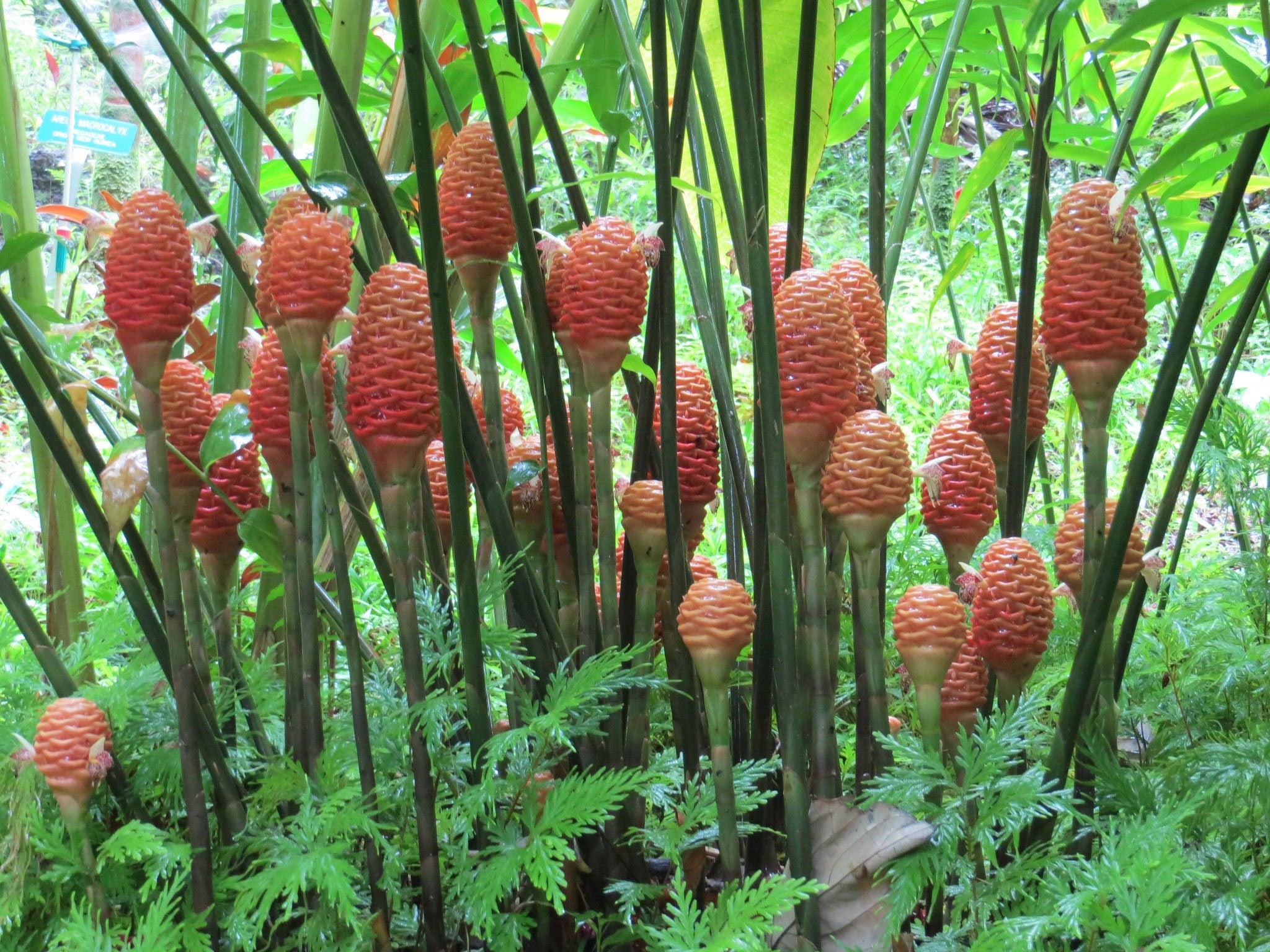 Beehive Ginger Care: Learn How To Grow Beehive Ginger
Beehive Ginger Care: Learn How To Grow Beehive GingerThe beehive ginger plant is of tropical origin, so if you are more north of the equator, you may wonder if it is possible to grow and, if so, how to grow beehive ginger in your garden. This article will help with that.
By Amy Grant
-
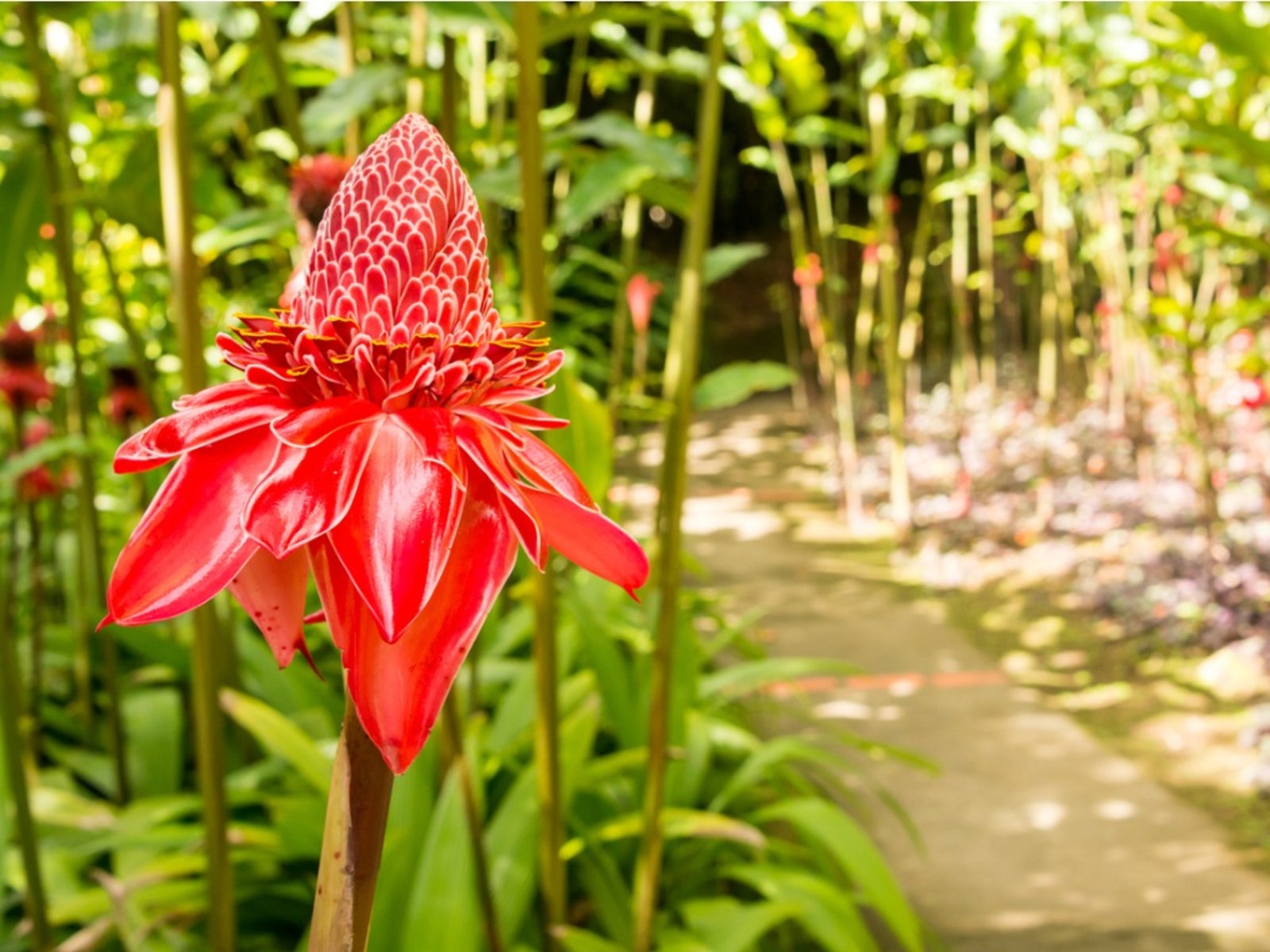 Torch Ginger Flowers: How To Grow Torch Ginger Lilies
Torch Ginger Flowers: How To Grow Torch Ginger LiliesThe torch ginger lily is a showy addition to the tropical landscape. Find out how to grow this interesting plant by reading the following article. Click here to get more information.
By Becca Badgett
-
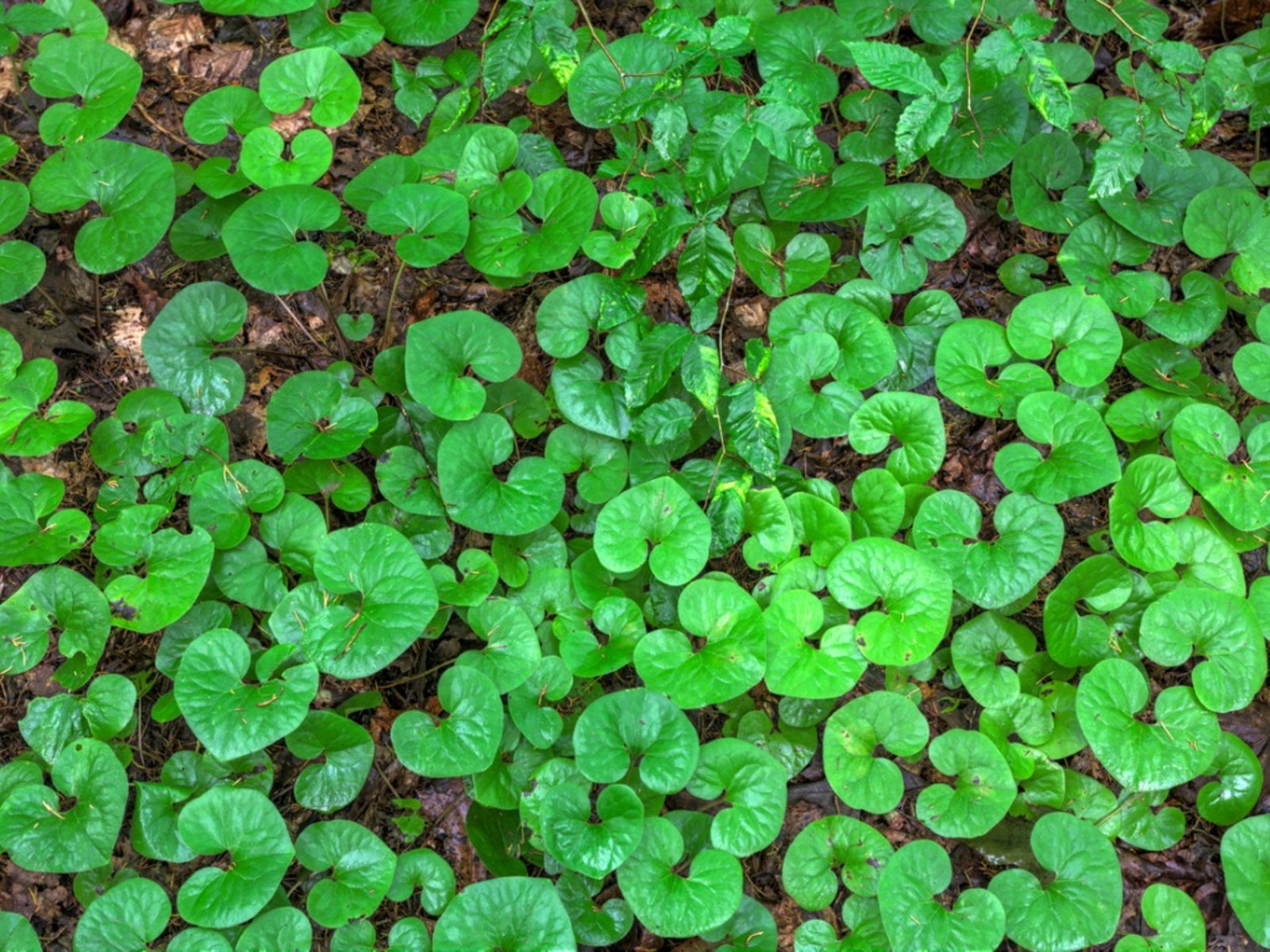 Caring For Wild Ginger: How To Grow Wild Ginger Plants
Caring For Wild Ginger: How To Grow Wild Ginger PlantsFound throughout the world, but primarily in the shady woods of Asia and North America, wild ginger is a perennial not related to the culinary ginger. Can you grow ginger plants in the wild? Read here to find out.
By Amy Grant